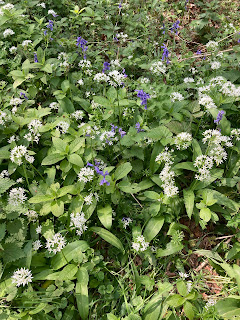Spindle
For many species, winter means slowing down and becoming a more drab, dormant version of their summer-selves, but for Spindle (Euonymus europaeus) it means becoming flushed with brilliant pink berries that clash with the bright orange of the seeds inside.
All photos are my own.
This spectacular shrub can grow to 9 metres and be over 100 years old. It is also used as an indicator of ancient woodland, similarly to bluebells and wild garlic. As well as having fabulous fruits in winter, spindle bushes also transform in autumn when their leaves turn to an amazing orange-red sunset colour.
The leaves are a foodplant for a range of Lepidoptera species, including the holly blue butterfly and the berries are an excellent food source for many bird species, particularly as food can be scarce in winter. When the flowers bloom in the early summer they provide a rich nectar source for a wide variety of insects.
The genus name (Euonymus) comes from Greek, and is said to mean 'lucky', derived from the words 'eu' meaning 'good' and 'onoma' meaning 'name'. The common name 'spindle' comes from the timber being used as spindles for spinning and holding wool, but was also used for other thin wooden items including knitting needles and skewers. Today the wood is used to make charcoal for artists.
The berries were used as home remedies for head lice and mange in the past. However, both the leaves and the berries are toxic to people when ingested.
For further information/ references please see: Spindle (Euonymus europaeus) - British Trees - Woodland Trust





Comments
Post a Comment